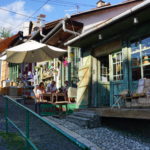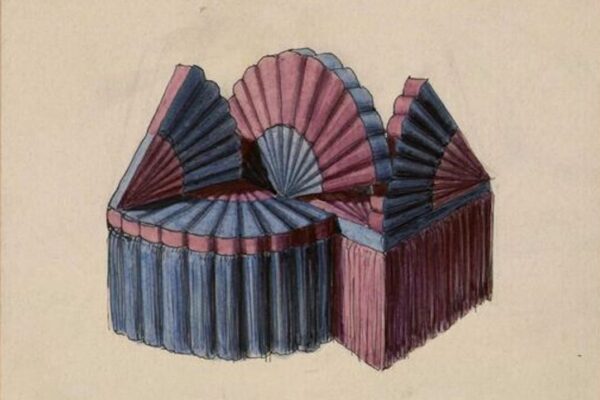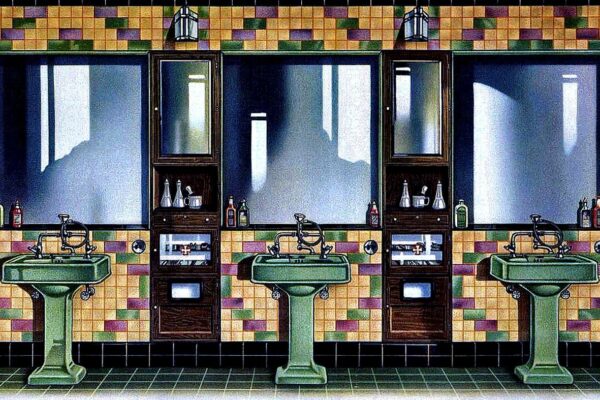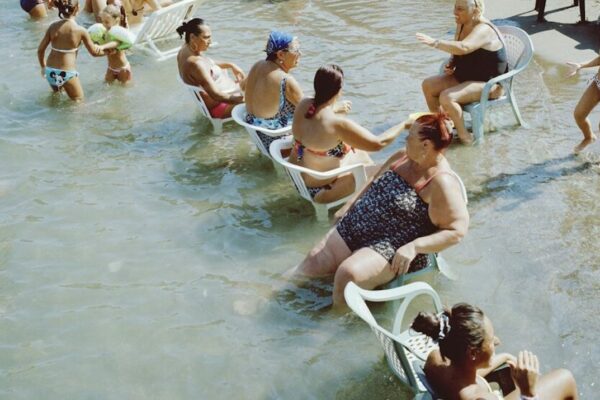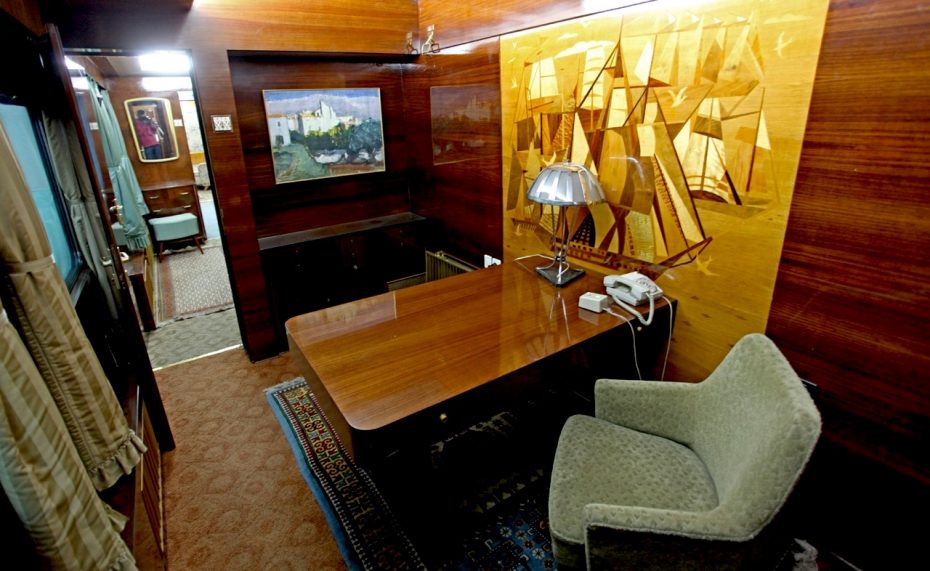
In today’s internet rabbit hole adventure, I ventured far from home and ended up on a Serbian website for filming locations. To my surprise, one of the locations for hire just so happened to be an ex-dictator’s private luxury train. Sitting in a rather rundown warehouse in Belgrade, the luxurious Blue train was custom-designed in 1959 for none other than the communist revolutionary and former president-for-life of Yugoslavia, Josip Broz Tito. Let’s take a look around…
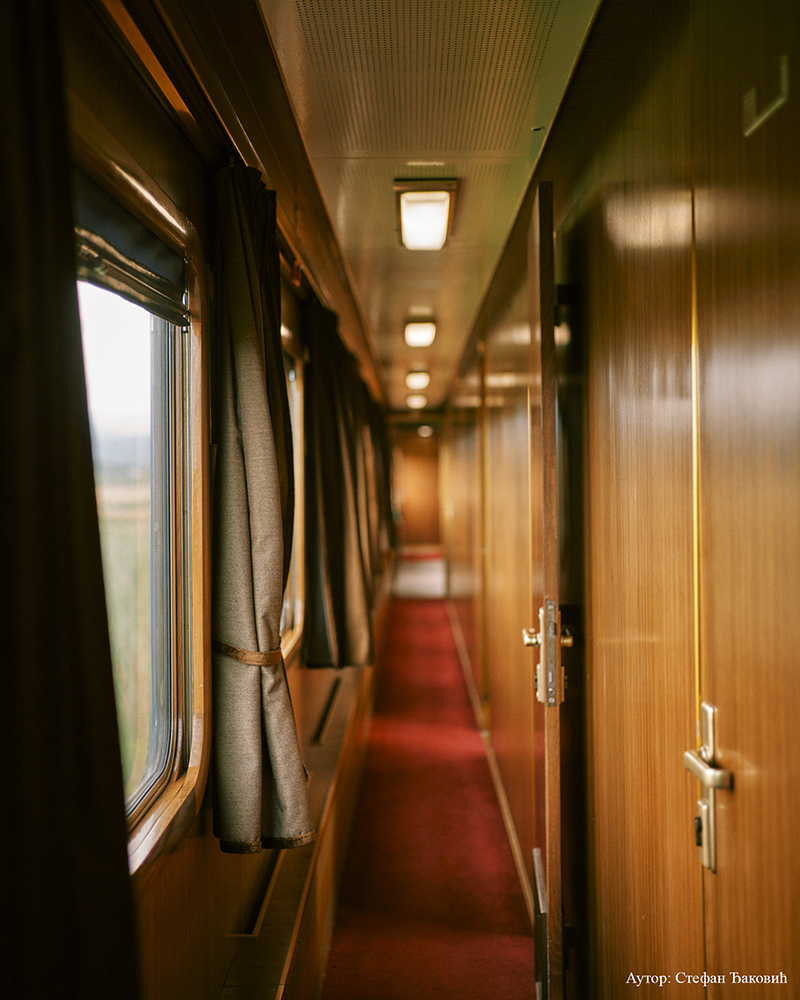
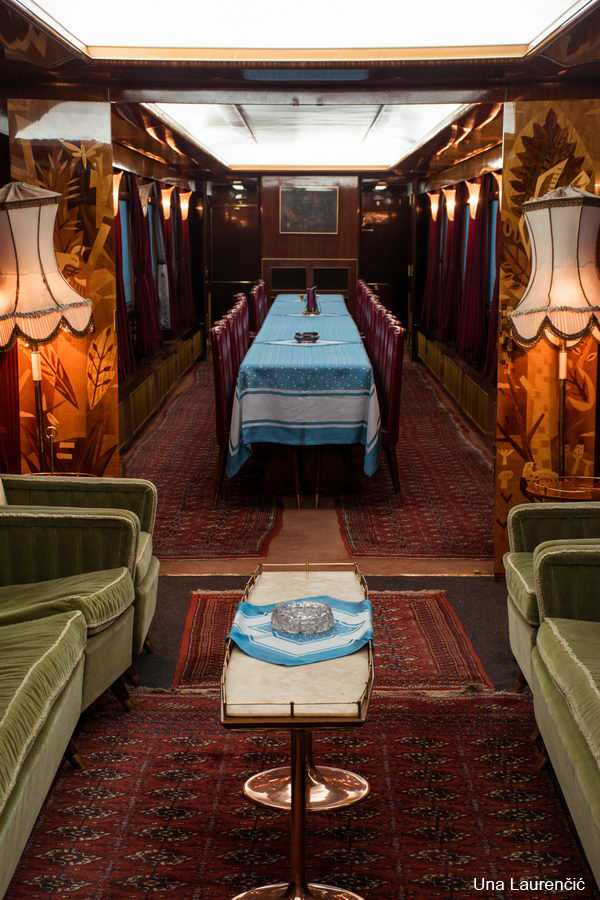
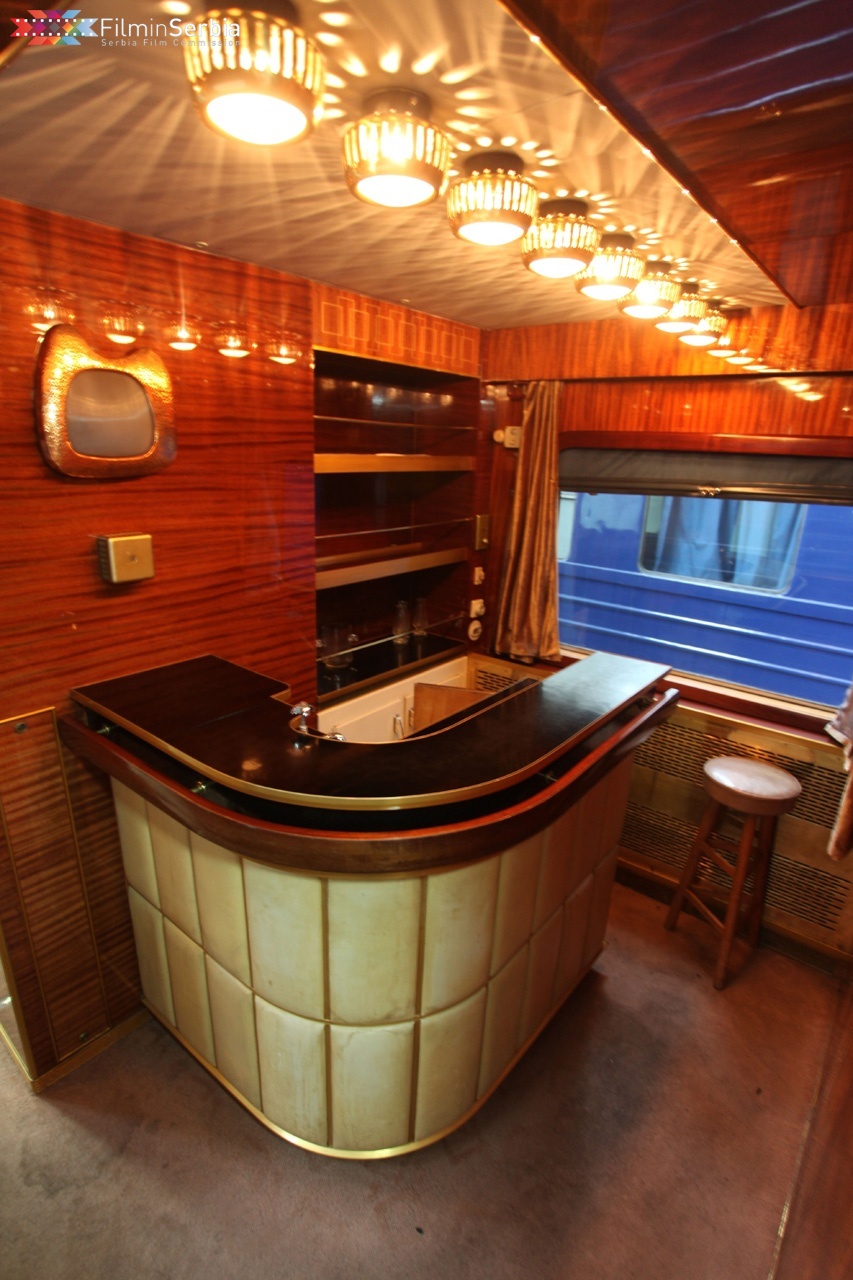
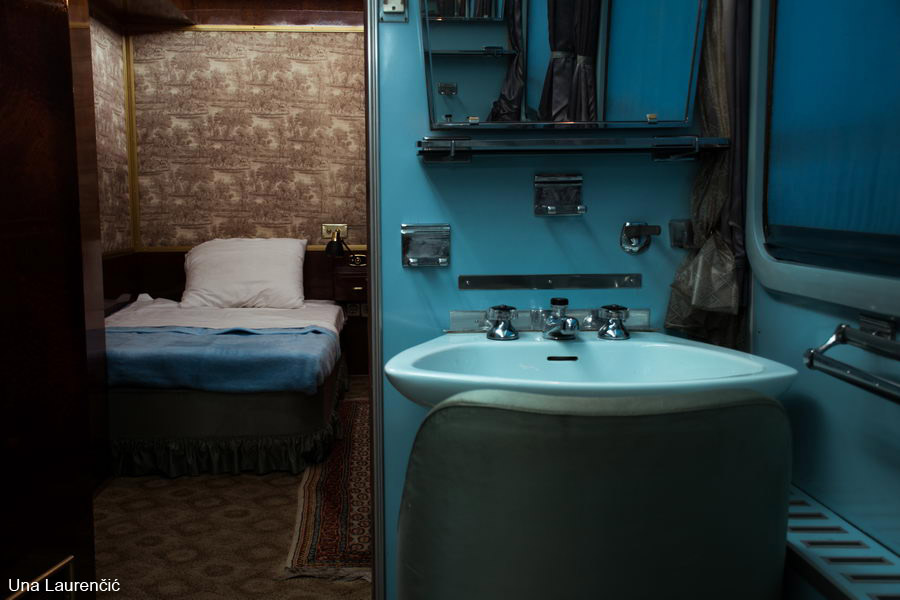
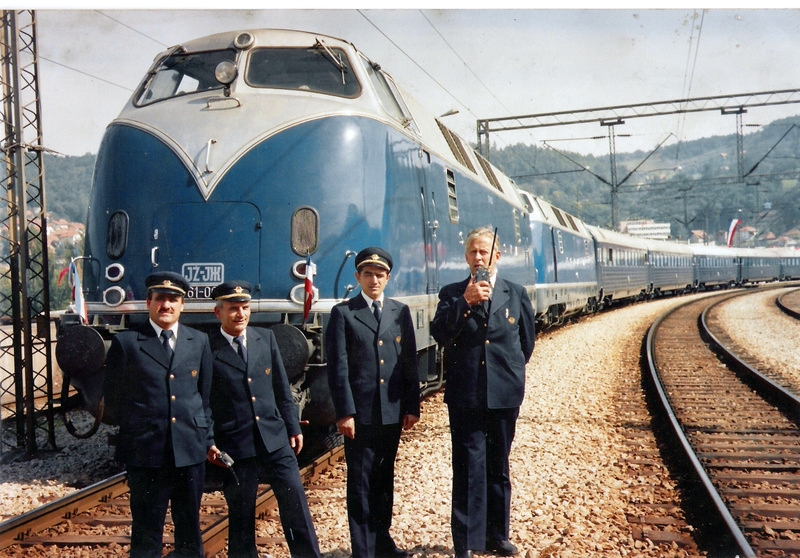
Tito used the train often for both diplomatic and personal journeys, notably to transport his family and entourage to his summertime retreat, the Brijuni islands in Croatia. The Art Deco interiors include the apartment salon of the President, ceremonial conference salon, dining car, a Zodiac-themed bar, central kitchen, apartment salon for guests, sleeping cars and all sorts of nostalgic mid-century tech.
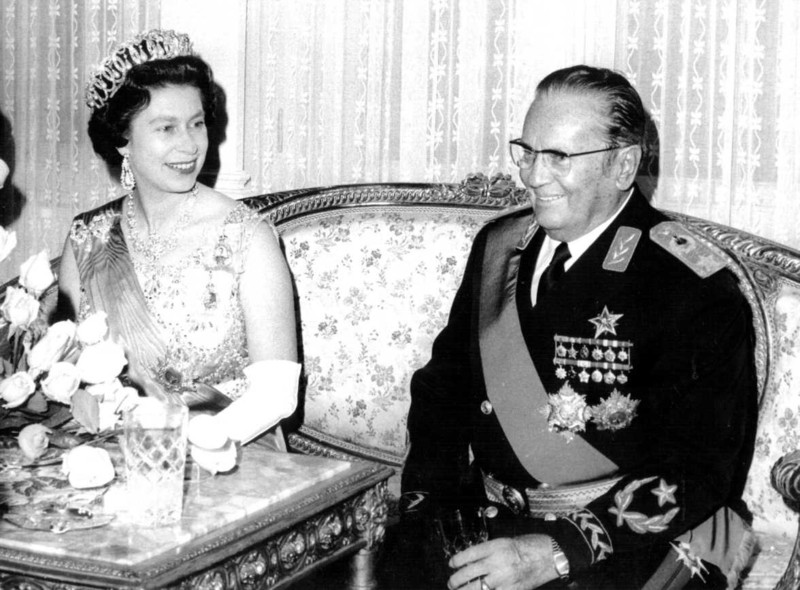
Among the VIP guests who travelled with him included Queen Elizabeth II, Yasser Arafat, French Presidents François Mitterrand and Charles de Gaulle and even movie stars Sophia Loren and Elizabeth Taylor, who summered with him in Croatia. The train also carried Tito on his last journey when it transported his coffin to Belgrade in 1980. Tito’s funeral was the largest state funeral in history at the time with 128 delegations from all sides of the Cold war in attendance; several kings, 31 presidents, six princes, 22 prime ministers. Fellow dictators Saddam Hussein and Kim Il-sung were there as well as the late Prince Philip and Margaret Thatcher.
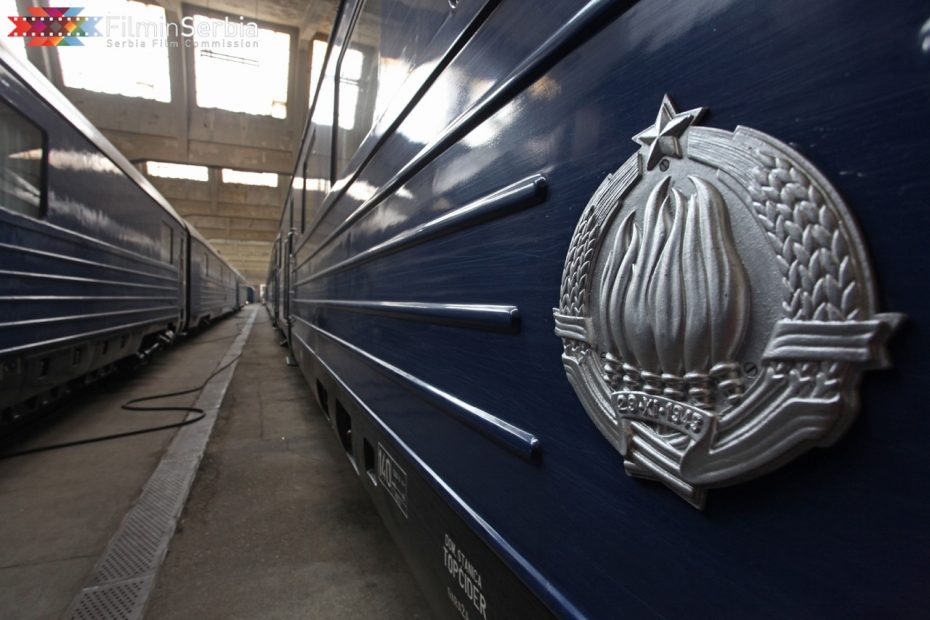
In the history books, Tito falls somewhere between people’s hero and villainous dictator. It really depends on who you ask. He was known for his … let’s say, “zero f*cks given” approach to diplomacy within the Soviet Union. Case in point: when he became fed up with Stalin sending assassins to kill him, Tito wrote openly, “Stop sending people to kill me. We’ve already captured five of them, one of them with a bomb and another with a rifle (…) If you don’t stop sending killers, I’ll send one to Moscow, and I won’t have to send a second.”
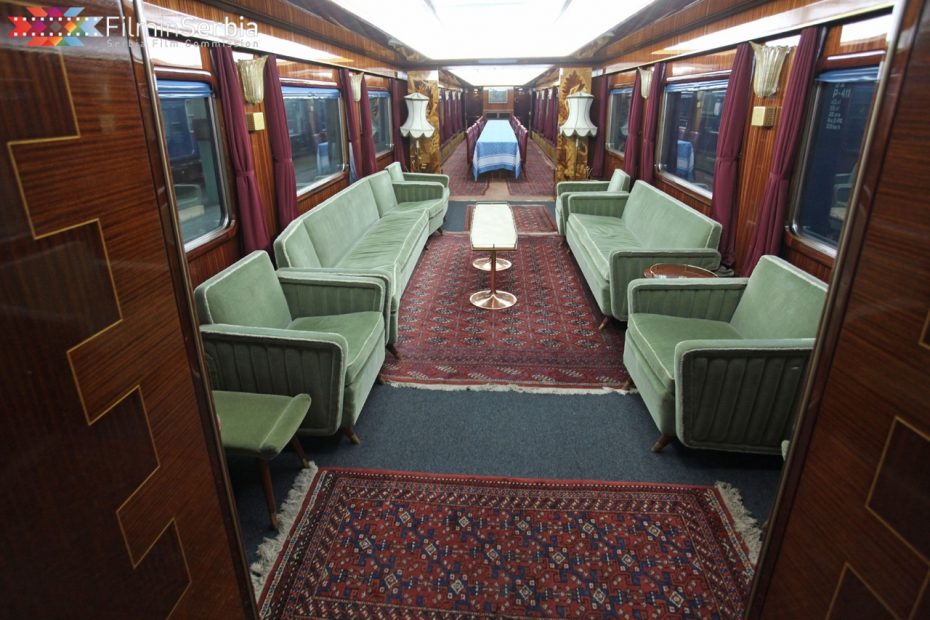
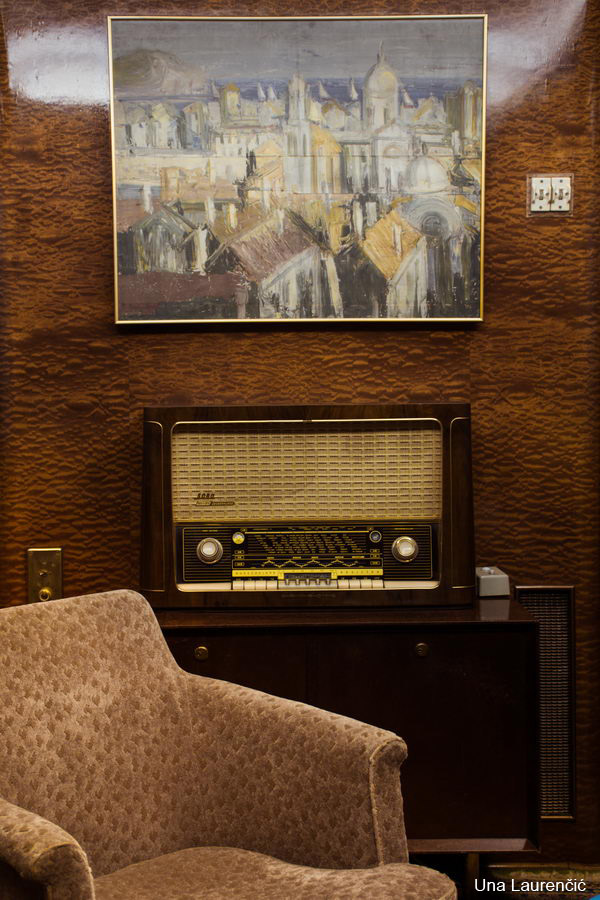
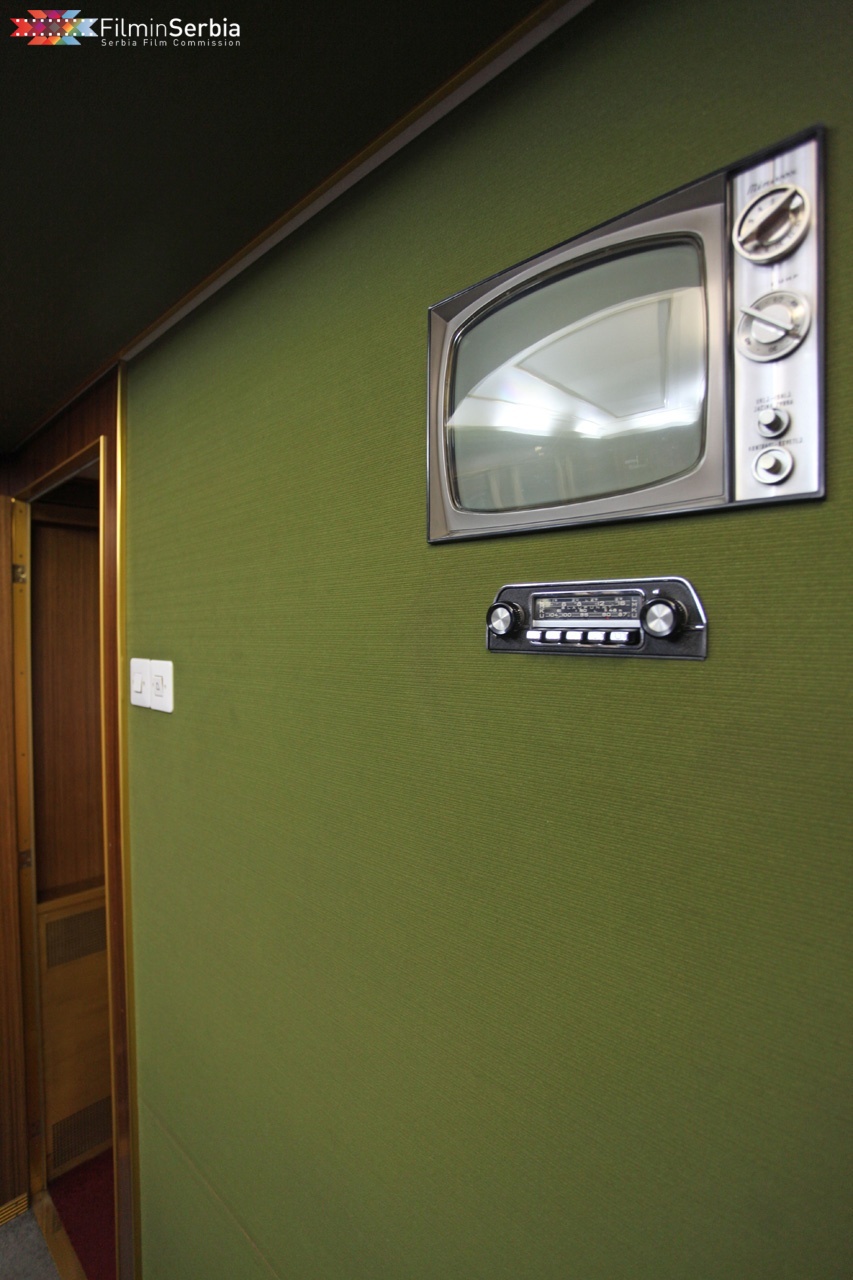
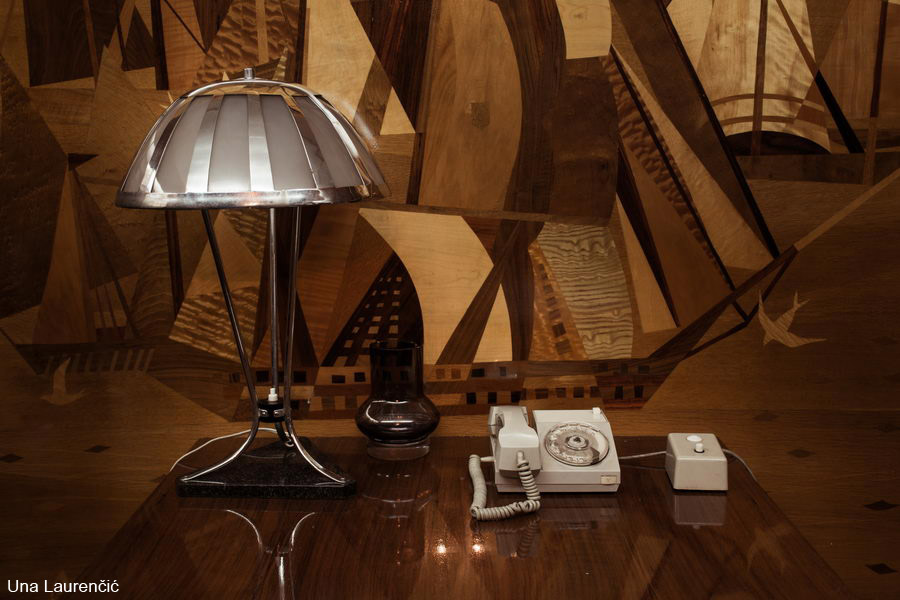
During the Cold War, Yugoslavia was the only communist state in eastern Europe that was independent of the Soviet Union, and also enjoyed something close to what we might consider western standards of living. The gap between the rich and the poor wasn’t so large; a regular, average Yugoslavian family had solid jobs, decent wages, could afford a car (a Yugoslavian one of course), as well as a summer holiday on the Adriatic sea. Tito held very good relations with the Western countries and kept Yugoslavia more or less neutral throughout the entirety of the Cold War. They never allied with the USSR, but when America offered to ally with them, Tito politely declined. Running what you might call a communist Switzerland, the dictator ensured the Balkans remained at peace during his reign, and ran perhaps the only communist state where citizens were free to leave. But then again, he was also a dictator who locked up dissidents in brutal prisons and labour camps.
So yeah, when it comes to public opinion on Tito, it really depends on who you ask. But back to the dictator’s train…
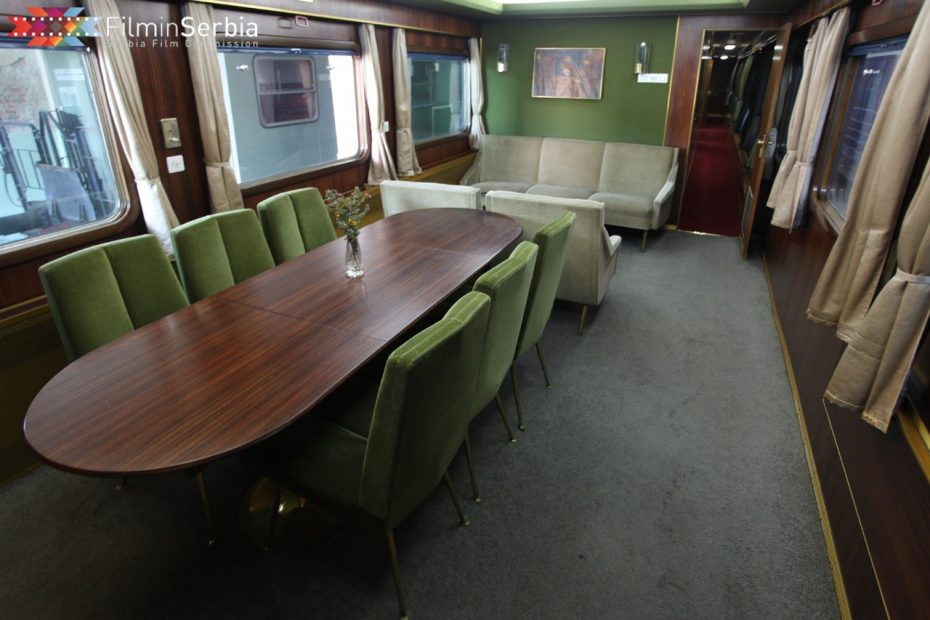
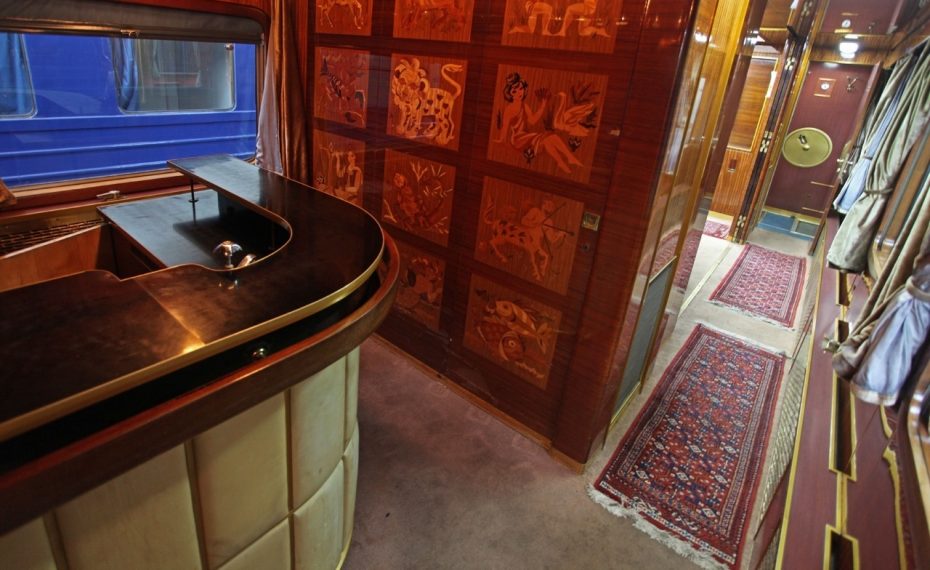
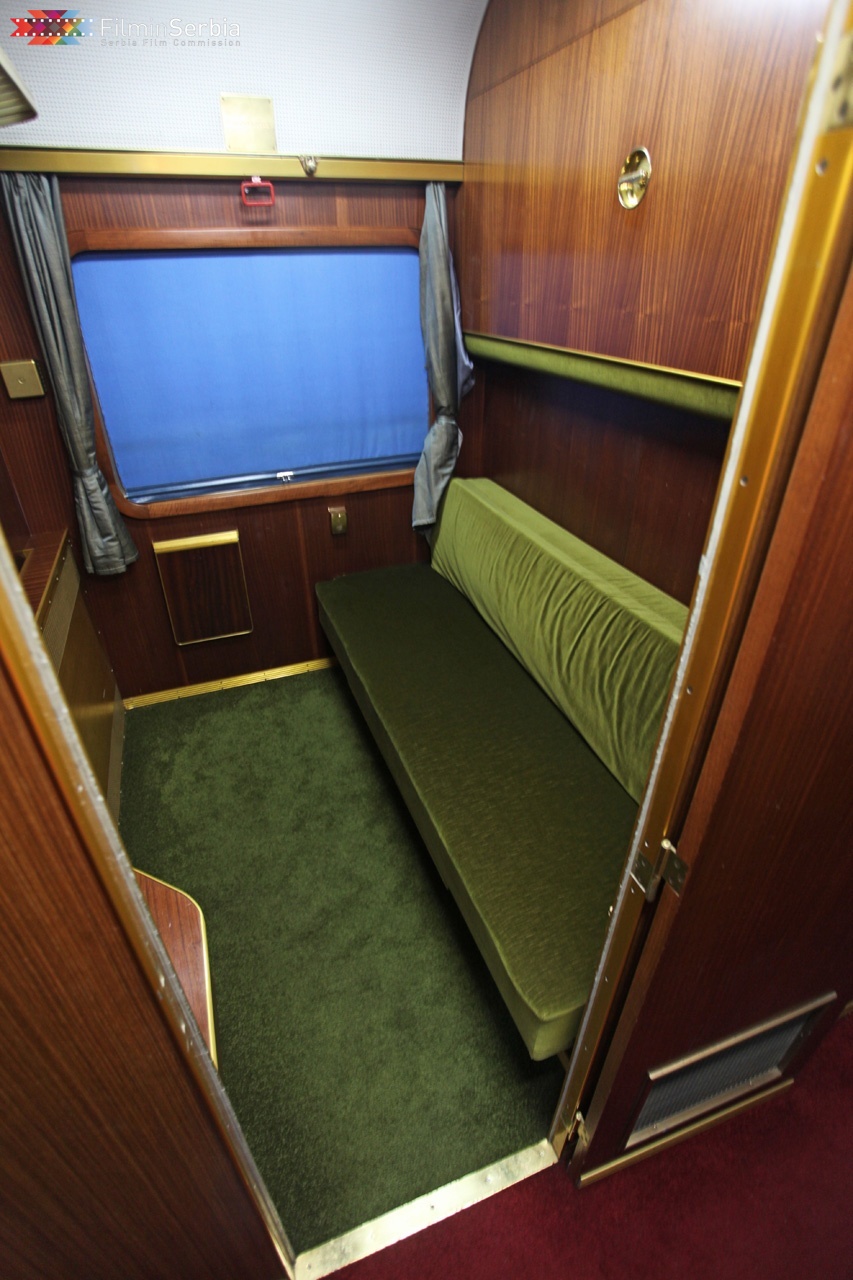
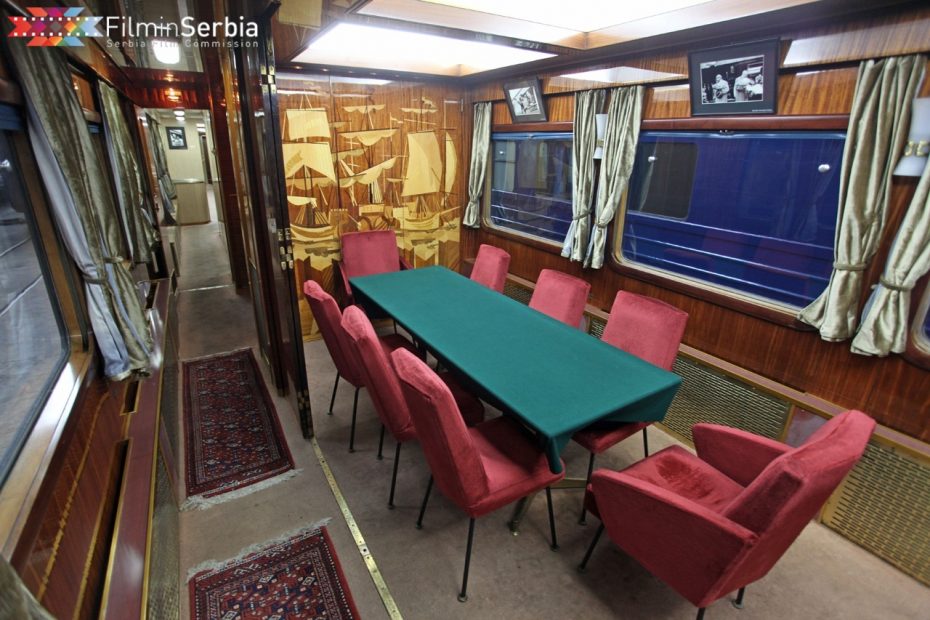
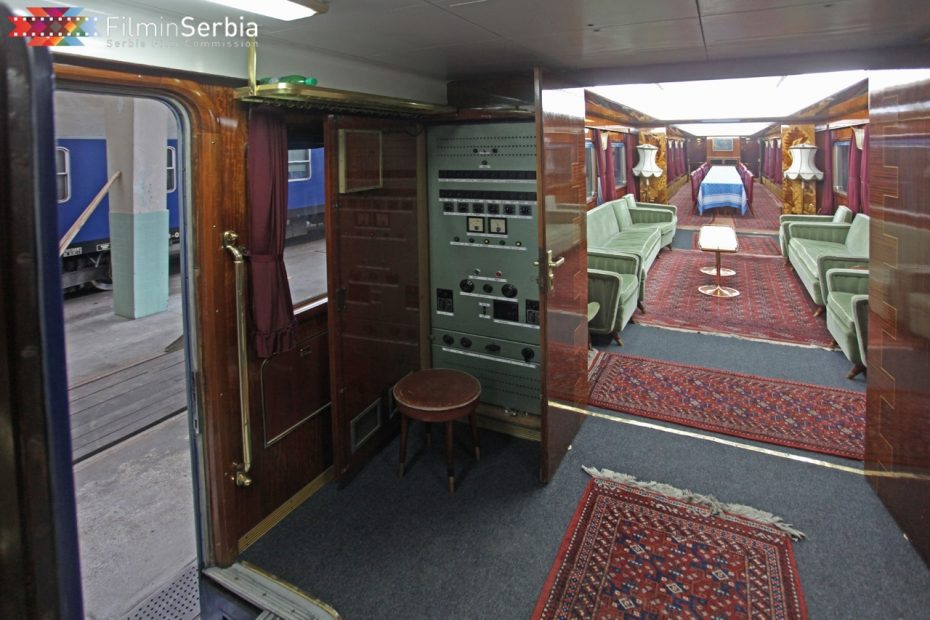
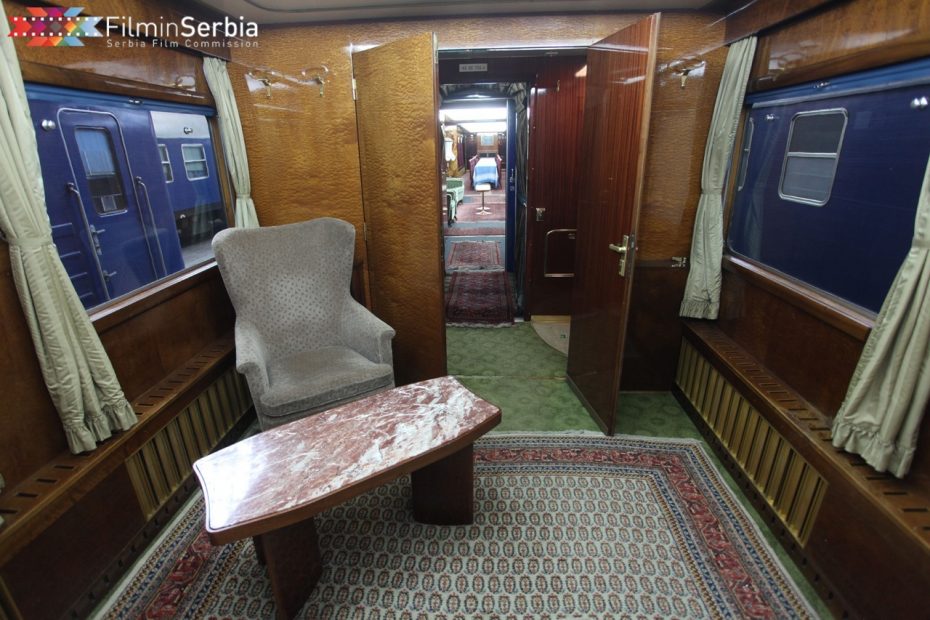
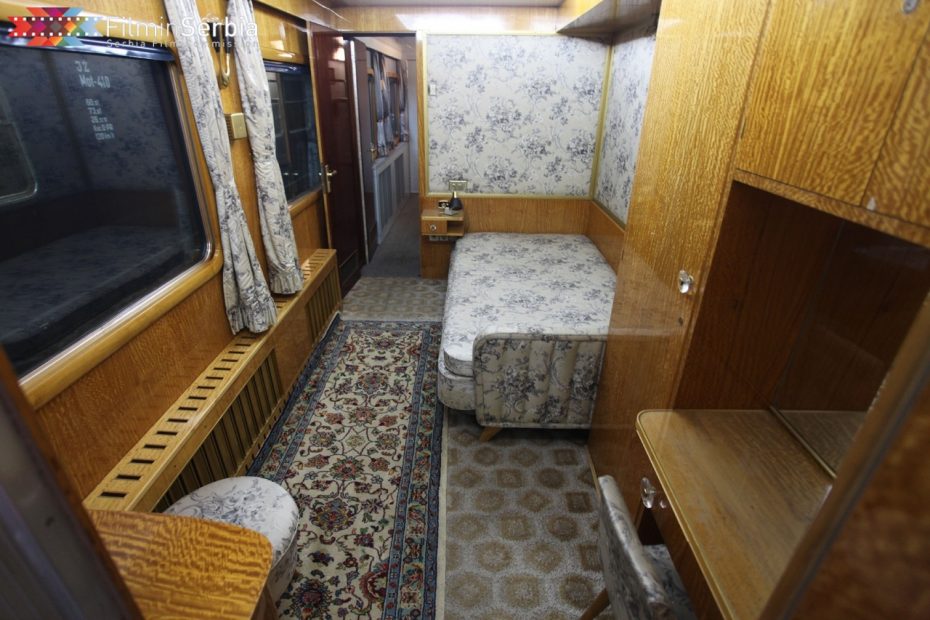
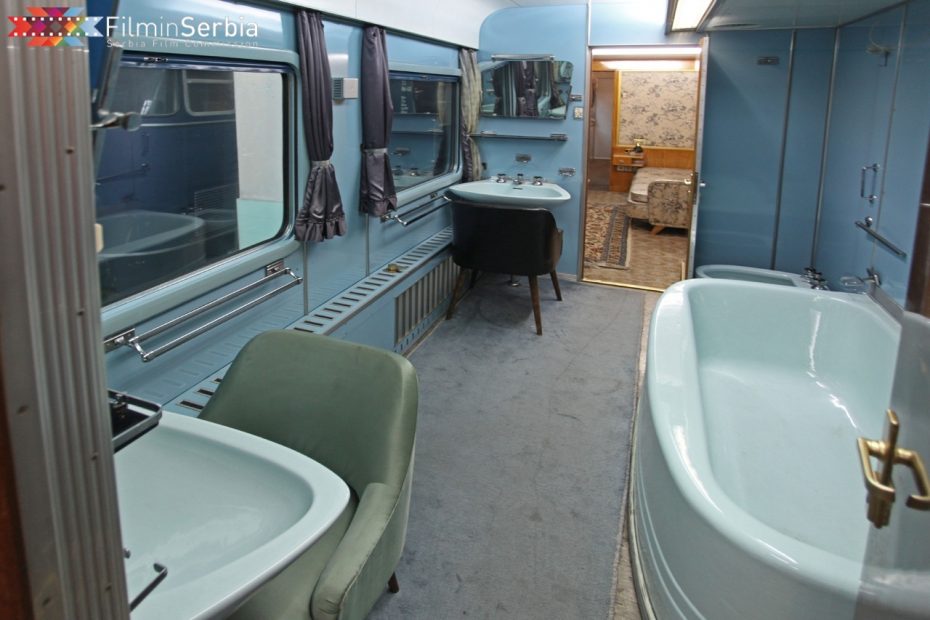
The well-preserved carriages are actually open to the public as a sort of unofficial private museum, in addition to being available to hire for special trips on the Belgrade-Bar railway – although rarely does it ever leave the warehouse due to the high expense…
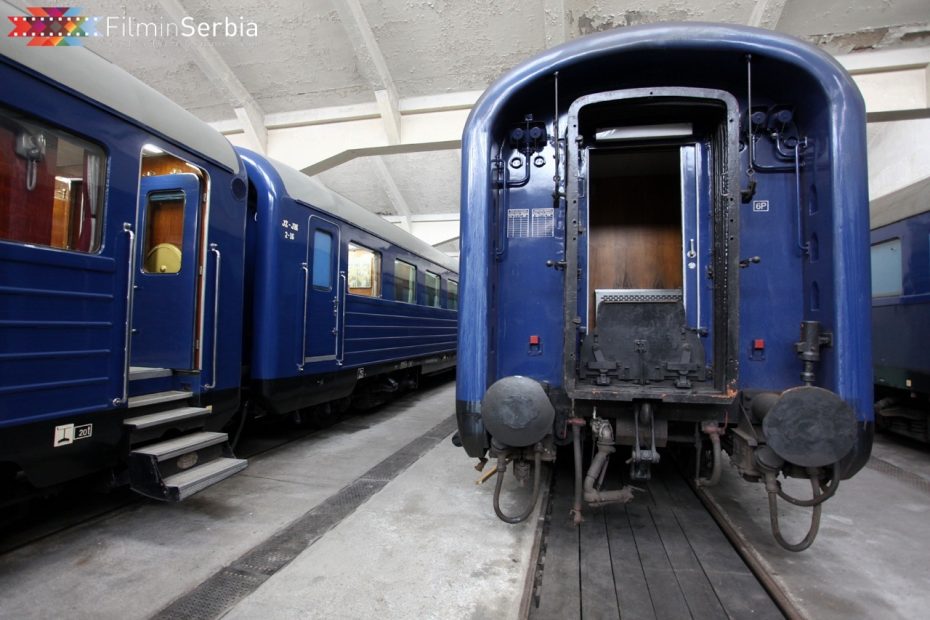
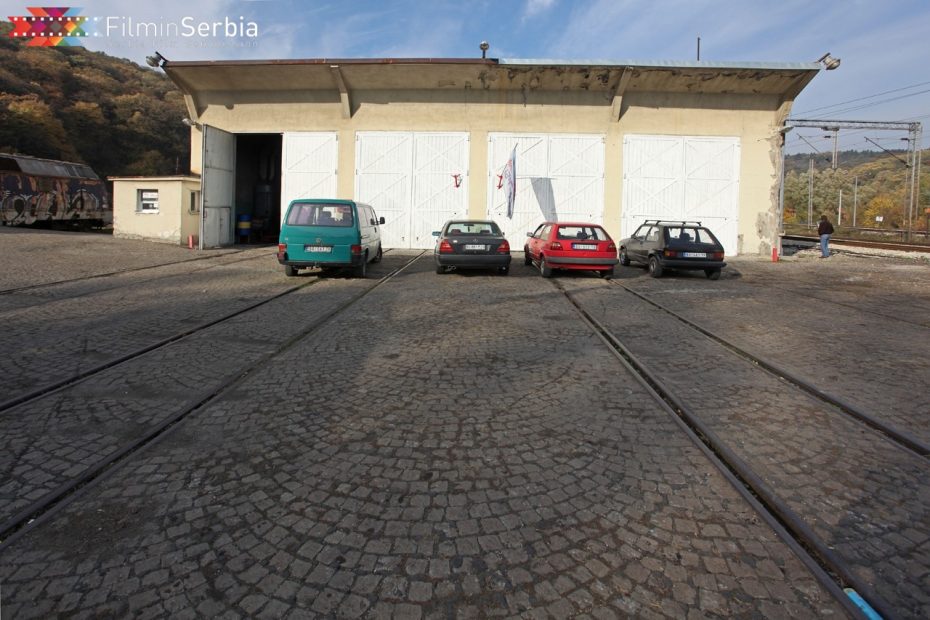
But if your price is right, you can rent the entire train or a single wagon (for travel or for film shoots) and as a bonus, even arrange a meal in the dining car with original recipes from Tito’s Cookbook.
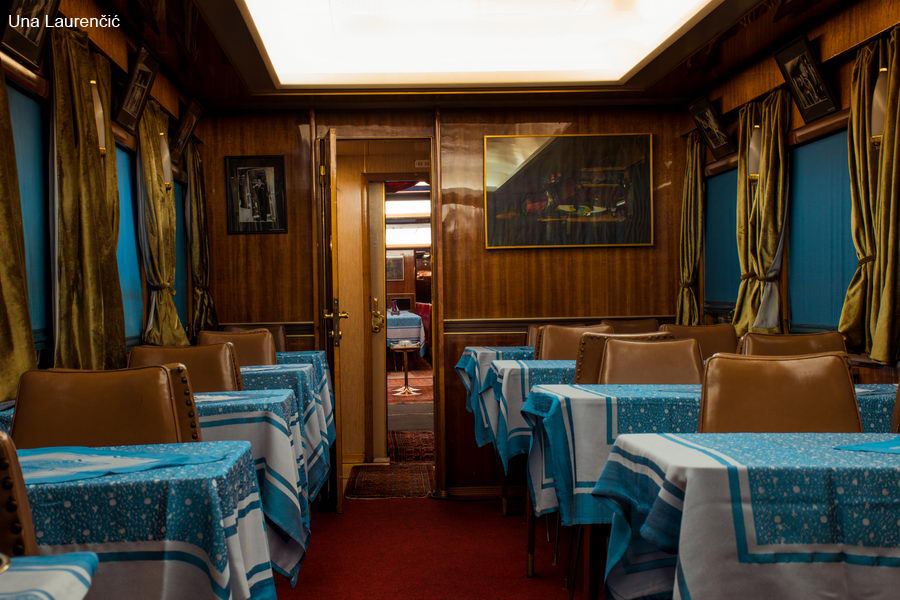
Information about visiting or hiring can be found here.
And since you’re here, I might as well show you a few other things I found on that Serbian film location website (Serbia Film Commission) that got me here in the first place.
A few of my favourites…
The Aero Club:
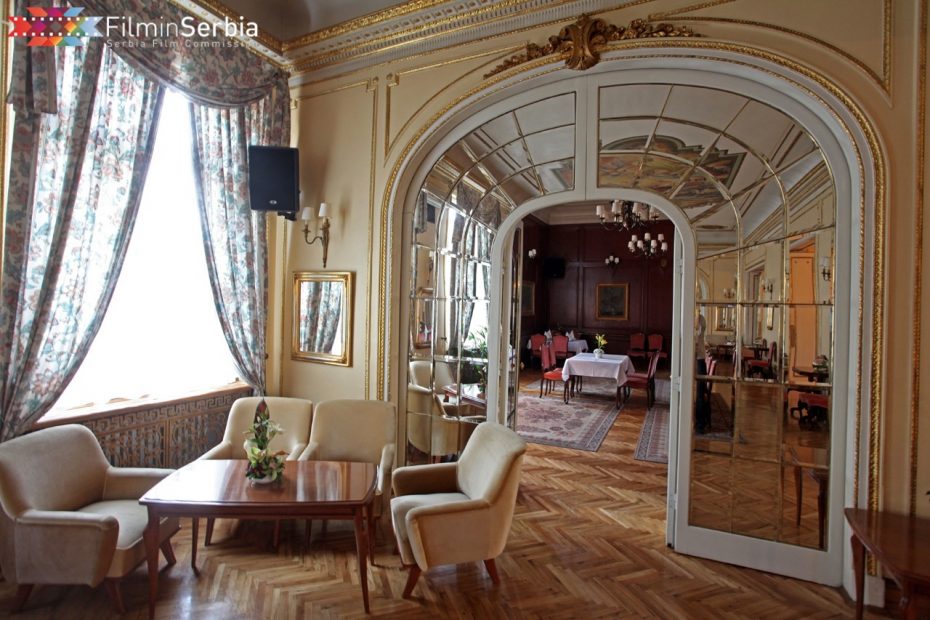
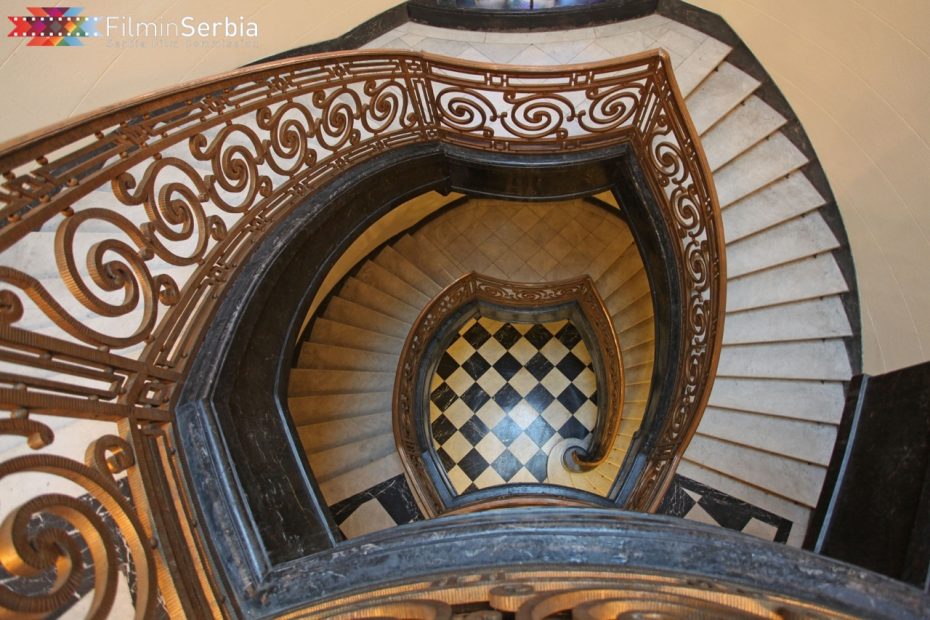
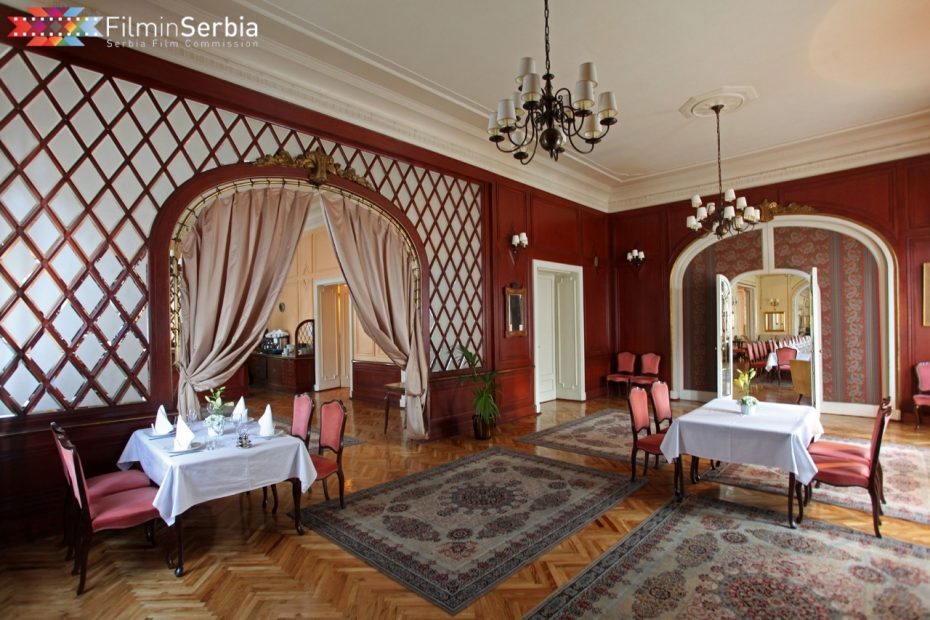
More info here.
Spicer castle




More info here.
This local gem of a museum:
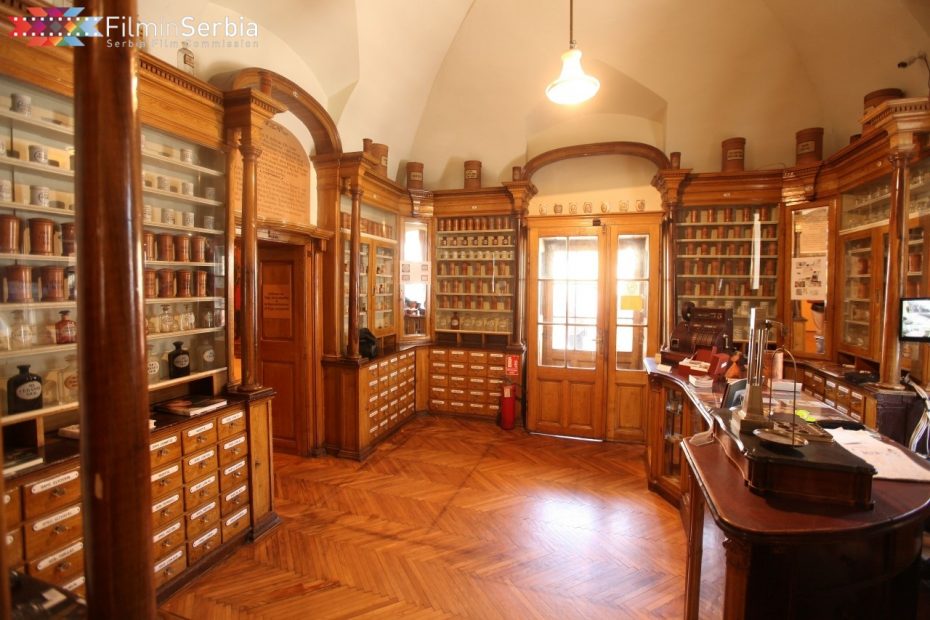
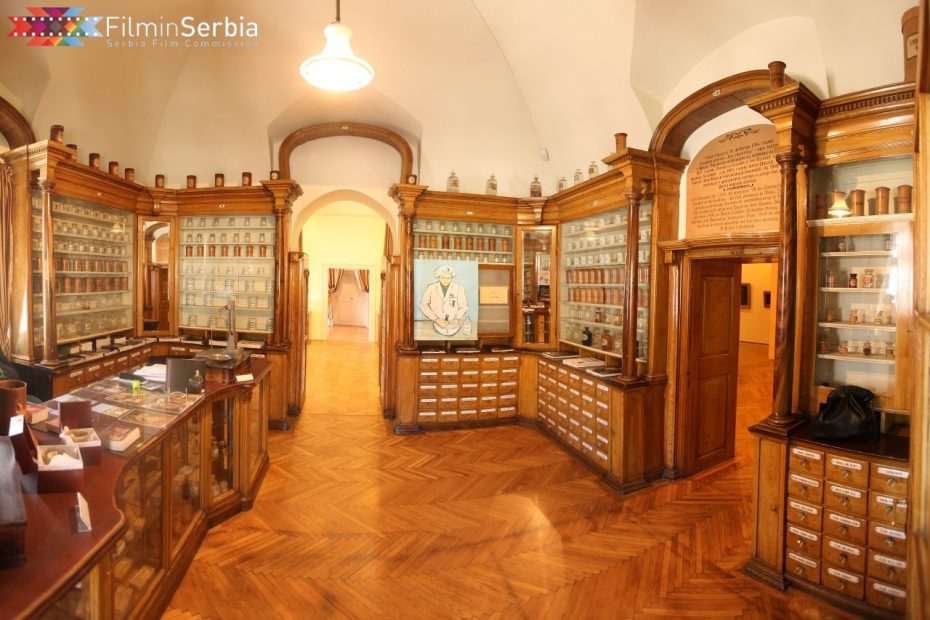
More info here.
And this Art Nouveau Palace:
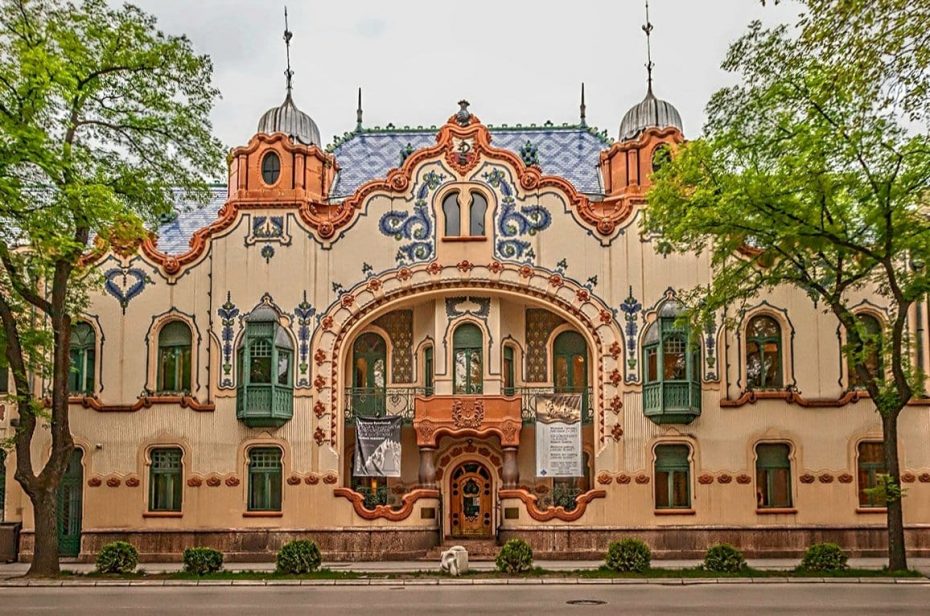
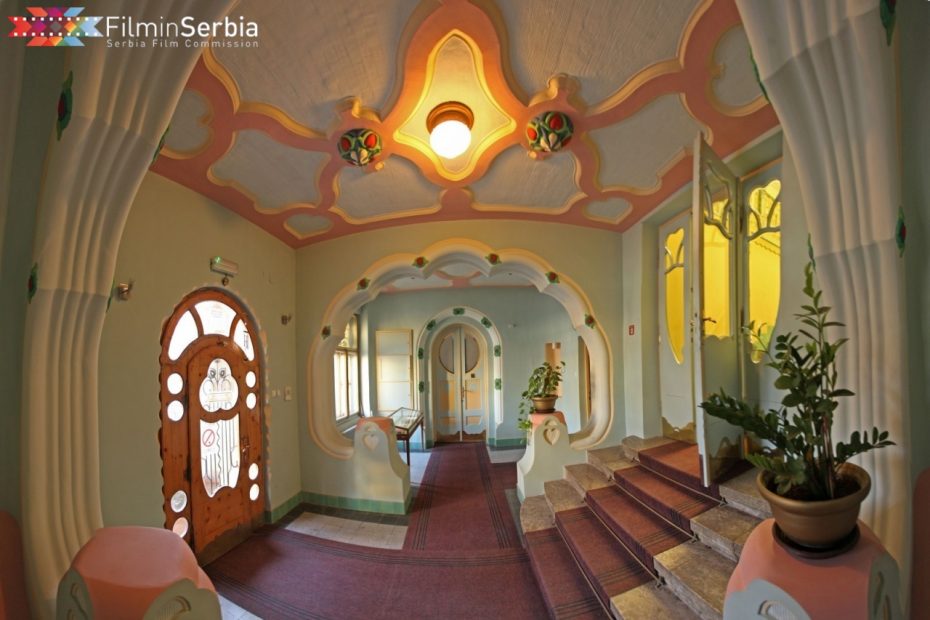
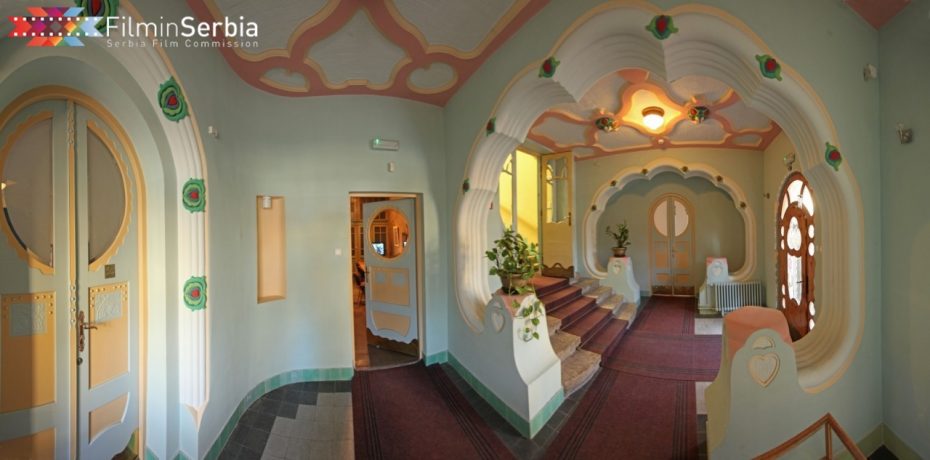
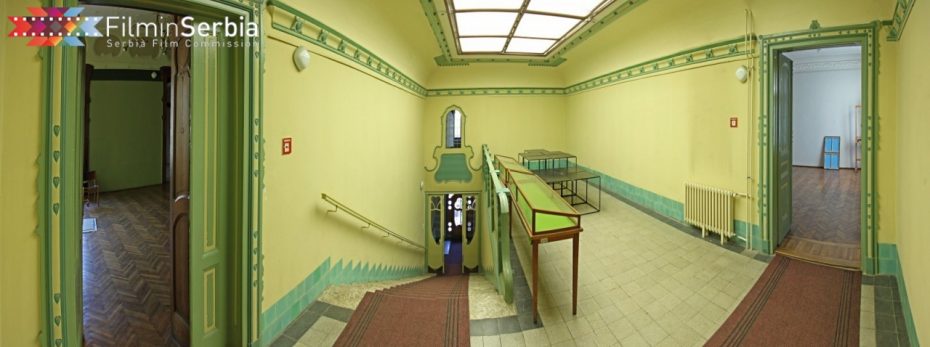
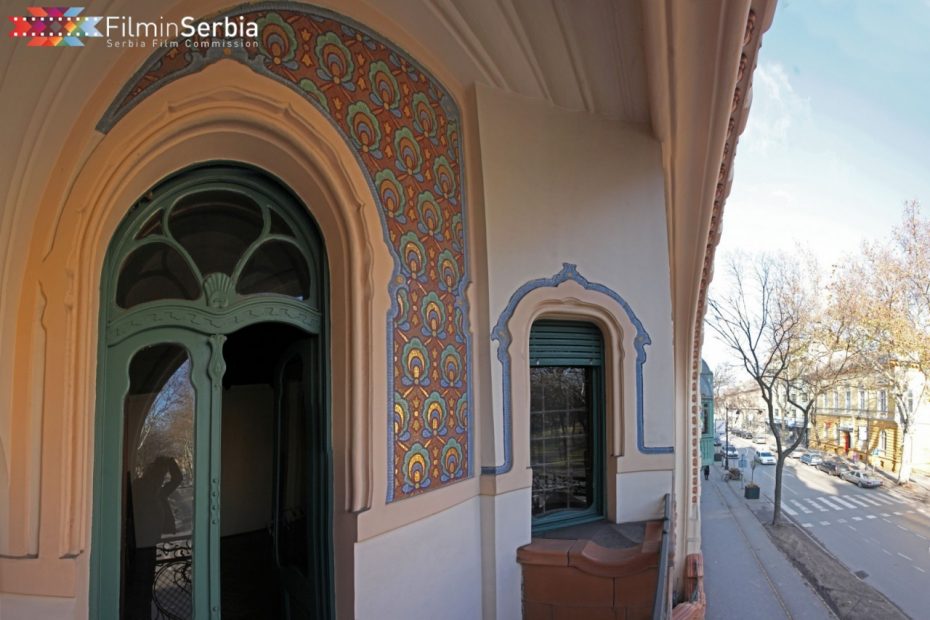
More info on Raichle Palace here.
Happy location scouting!


